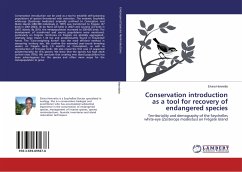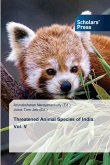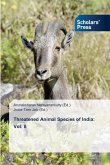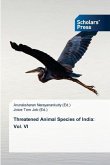Conservation introduction can be used as a tool to establish self-sustaining populations of species threatened with extinction. The endemic Seychelles white-eye (Zosterops modestus) originally confined to Conception and Mahé islands (280-390 individuals in 1997) was transferred to Frégate (37 birds in 2001-2003), Ile du Nord (25 birds in 2007) and Cousine (23 birds in 2007) islands. By 2010, the metapopulation increased to 550-650 birds. The development of transferred and source populations were monitored, particularly on Frégate. Territories on Frégate are spatially aggregated, relatively large (mean 1.34 ha) and predominantly found in broad-leaf forest. The 'Core-weighting kernel' was the most efficient method in measuring territory size. We confirm the extended year-round breeding season on Frégate (only c.9 months on Conception), as well as reproduction of first-year birds. We also reveal the first case of suspected polyterritoriality for this species. We show that the species has high adult survival rates (76%). We conclude that creating new island populations has been advantageous for the species and offers more scope for the metapopulation to grow.








